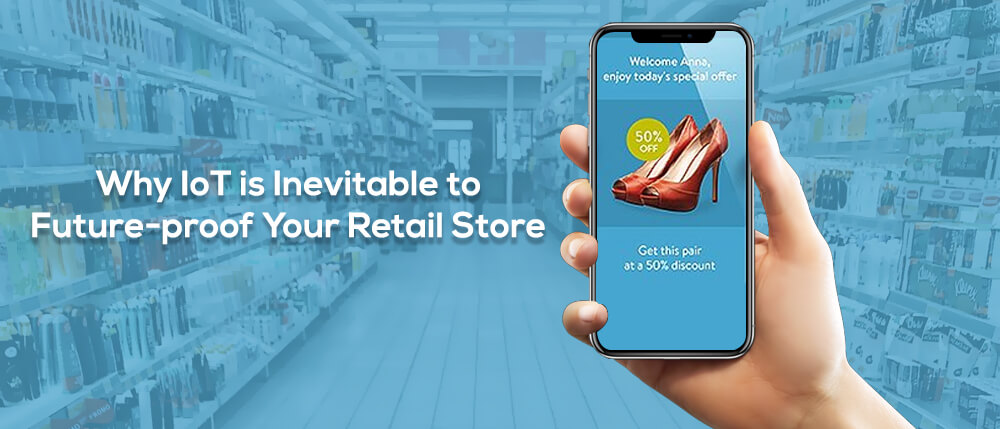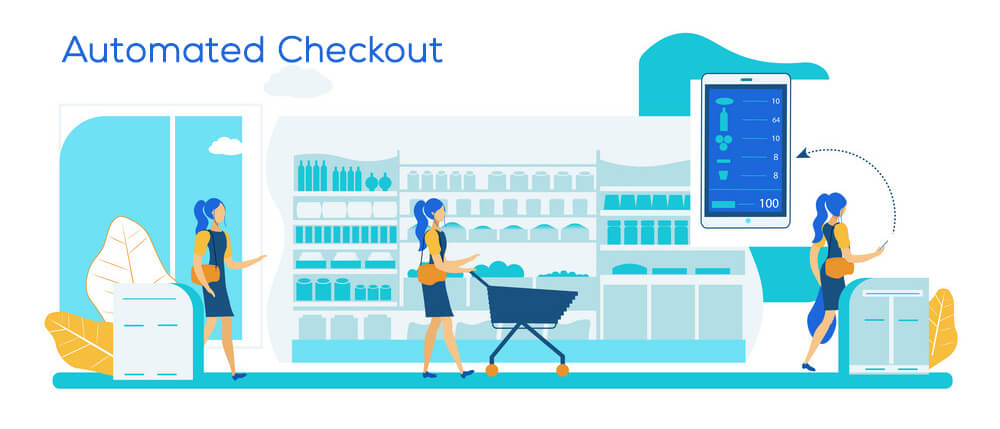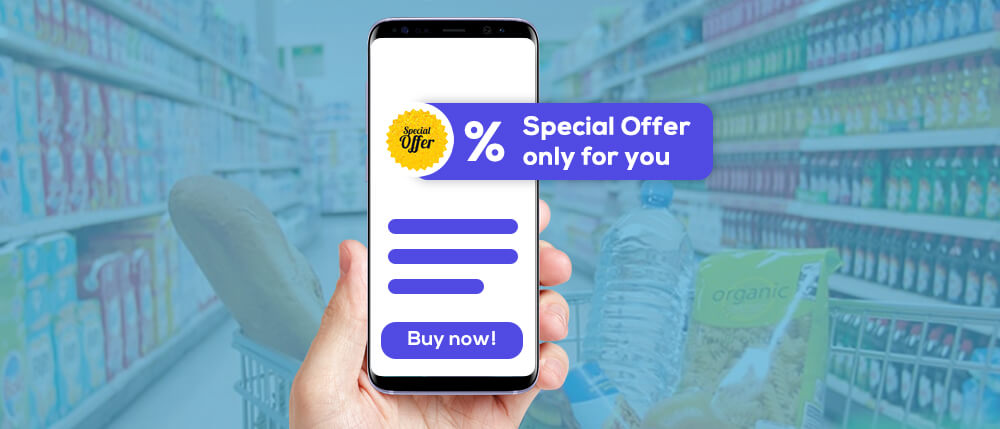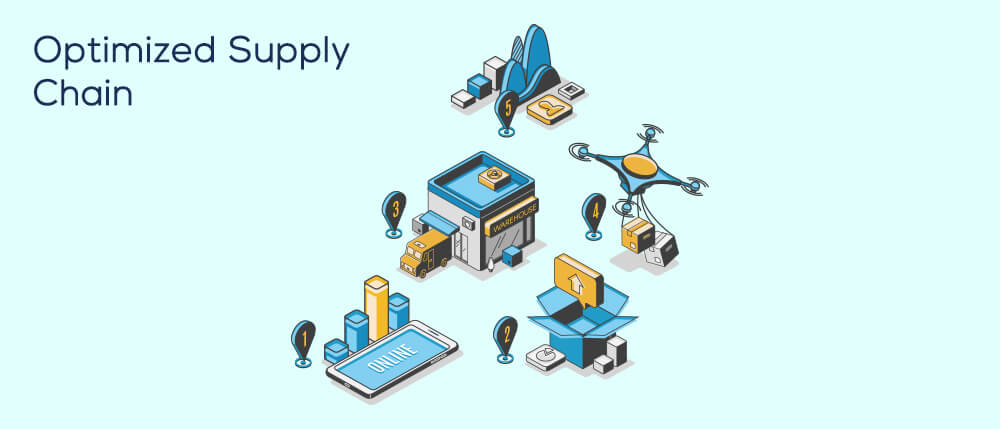-
solutinos
-
Hire
Frontend Developer
Backend Developer
-
NodeJS Developer
-
Java Developer
-
Django Developer
-
Spring Boot Developer
-
Python Developer
-
Golang Developer
-
Ruby on Rails Developer
-
Laravel Developer
-
.NET Developer
Technology
-
Flutter Developer
-
React Native Developer
-
Xamarin Developer
-
Kotlin Developer
-
Cross-Platform Developer
-
Swift Developer
-
MongoDB Developer
-
C Developer
-
Smart Contract Developers
Cloud
-
-
Services
Mobile Development
Web Development
- Work
-
Multi Services App
-
Food Delivery App
-
Grocery Delivery App
-
Taxi Cab Booking App
-
Multi Services App
-
OTT Platform APP
-
Social Media APP
-
Freelance Service App
-
Car Rental App
-
Medicine Delivery App
-
Liquor Delivery App
-
Sports Betting App
-
Online Coupon App
-
eLearning App
-
Logistics & Transportation App
-
Courier Delivery App
-
On-Demand Real Estate App
-
E-Wallet APP
-
Online Dating App
-
Handyman Services App
-
-
Process
-
Company

If you’re using a smartwatch or have a Fitbit, you’re already familiar with the concept of IoT. Abbreviated as the Internet of Things, IoT is also referred to as connected devices. Moving beyond the interaction between man and machine, IoT focuses on communication among devices connected to the internet. These devices form a network and this is what we call the Internet of Things.
It’s not a difficult concept to understand. The entire ecosystem of IoT is driven by these essentials:
- Cloud architecture
- Smart devices capable of connecting to the internet
- Big data
- Data analytics
- Cyber security
According to IoT analytics, over 7 billion gadgets and devices were connected to the internet in the year 2018. And by the end of 2019, this number is anticipated to double and hit 14 billion. In another six years, Gartner predicts that the number of connected devices globally would be 25 billion.
IoT is acting as one of the backbone technologies in a number of fields. The smart cars we read about today are all built on IoT solutions and technology. To get things into perspective, even the Mars rover Curiosity was a product of the Internet of things.
Gradually, IoT is making its way into the retail sector. IoT development has been implemented across brands and businesses into their retail outlets and they are increasingly revamped on becoming more interactive with their customers. Today, a lot of the conventional brick-and-mortar stores are seeing an overhaul in terms of connected devices implementation and are using wearable, smartphones and Bluetooth devices for marketing and promotion purposes as well.
According to a report by ResearchAndMarkets.com, the global market size of IoT is anticipated to hit $95bn by the year 2025. With the forecasts on the increase in devices and market size being in sync, we can all agree that the possibilities for retail brands to venture into IoT are inevitable.
If you’re wondering about the IoT prospects and probabilities for your business, here’s a quick guide on how you can seamlessly transition from a conventional store to an IoT superstore.
Automated Checkouts

Imagine walking into a store, picking up your preferred products and leaving without having to pay. Sounds like every shoplifter’s dream, right? With IoT, this concept is already live. For those of you who didn’t know, Amazon has already inaugurated its flagship stores called Amazon Go in the United States.
Here, you walk in and simply shop for your products. When you pick one up, the sensors add the products to your Amazon cart. When you leave with the products, money gets automatically deducted from your Amazon wallet. This eliminates the requirement of salesmen, who wouldn’t let you shop in peace. Cashiers would also be promoted as supervisors.
Personalized Offers

IoT is ideal for offering personalized solutions to your walk-in customers. If they’re at a specific section of your retail store, trying out products or outfits and keeping them back without making a purchase (the offline version of cart abandonment), IoT sensors powered by machine learning would be powerful enough to detect the abandonment and immediately offer coupon codes or offers to help them complete their purchase. Customers only need that extra push in making a decision and IoT would take care of it.
Beacons
Incorporating beacons is similar to the personalized push notifications we just saw. However, they differ in the fact that they would notify customers who are nearby your store and lure them with offers. If you’re visiting a shopping avenue and having coffee close to an IoT superstore with this feature, you would immediately receive a message with the offer details. Such a message would subconsciously make your customers want to check out your store. For this, however, previous interaction with the store would be necessary.
Optimized Supply Chain

With IoT implementation, it’s not just the customers who would experience benefits but retail store owners as well. An IoT-enable superstore would have the ability to keep track of a store’s supply-chain requirements. These devices can sense if a particular product is about to go out of stock and reorder it at quantities based on previous data. This happens in. Chain Point already uses IoT for its supply-chain purposes.
The aspect where online stores have an edge over their retail counterparts is that online stores understand user behavior with the help of data. For retail stores, it’s all intuitive. With IoT, retail stores will also have the chance to decipher user behavior in real-time and present them with solutions they are looking for.
If you truly prefer to find out about how your business can benefit from an IoT-empowered network, it would be ideal if you connect with the committed group of IoT developers of X-Byte Enterprise Solutions for a free counsel. We will assist you to explore how your business can benefit from our varied portfolio of IoT solutions.
